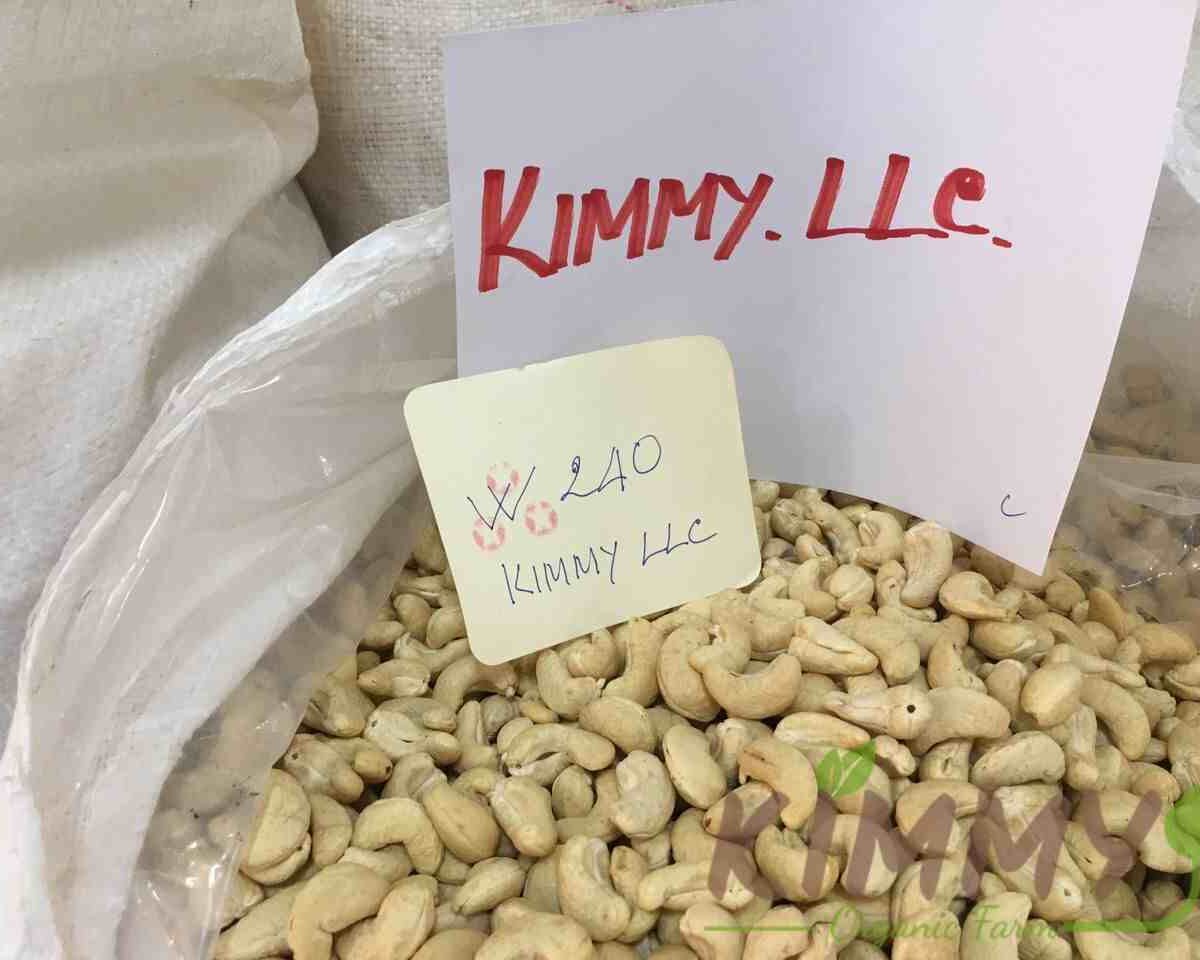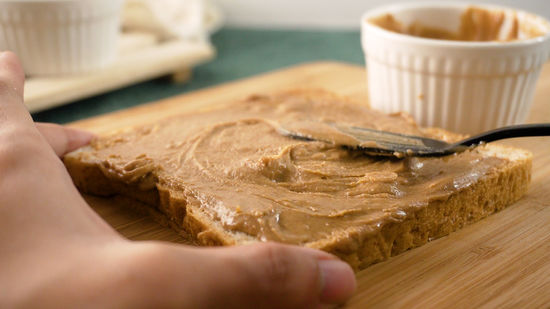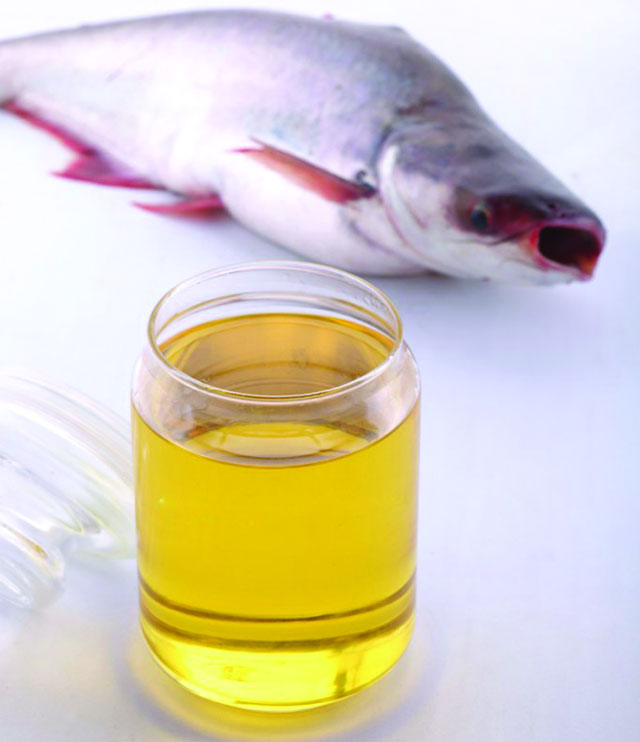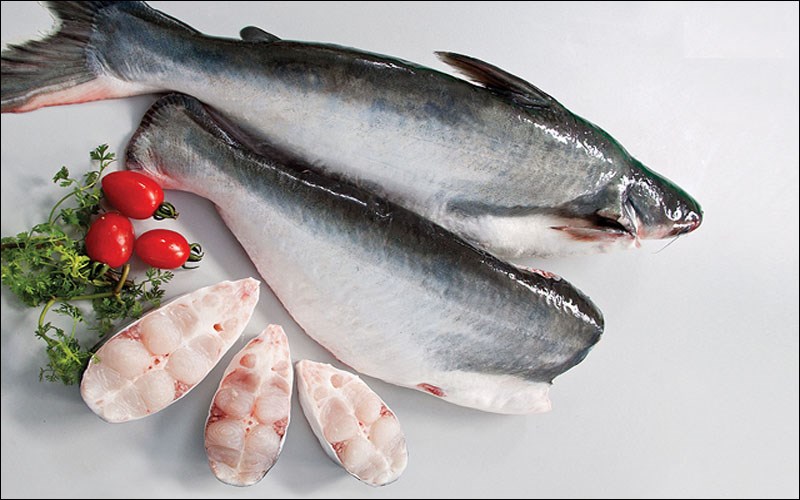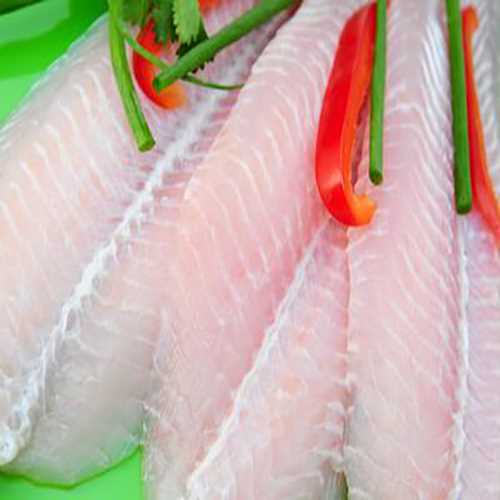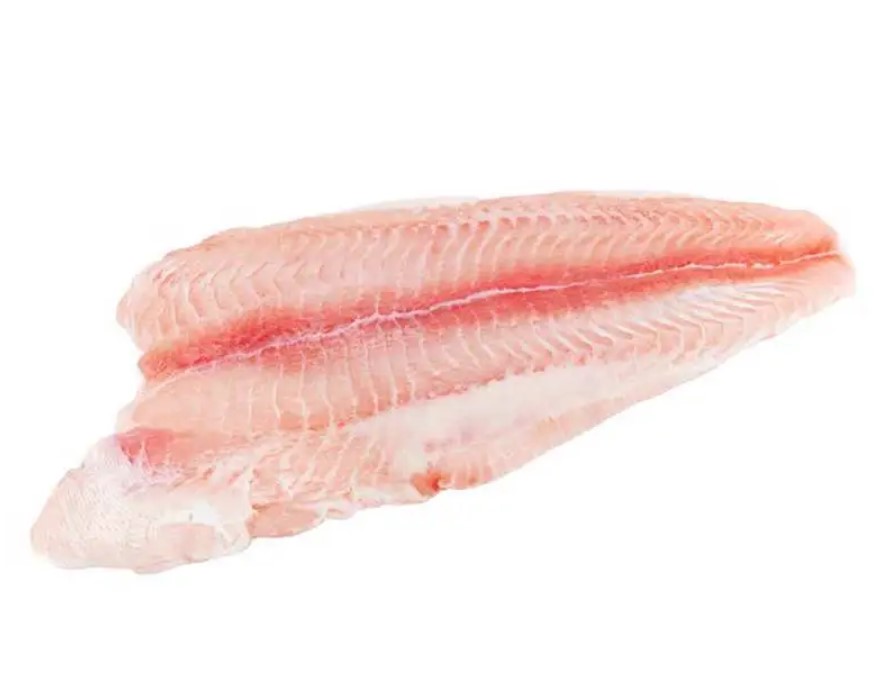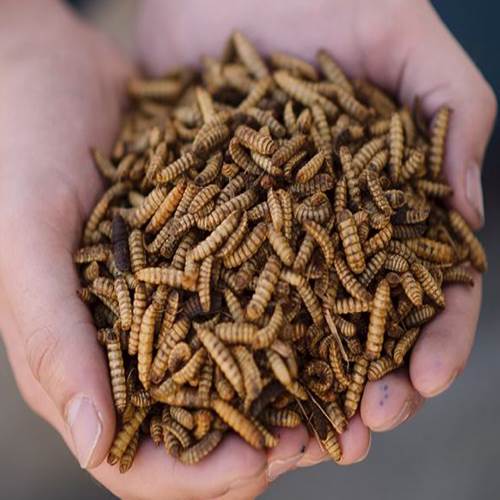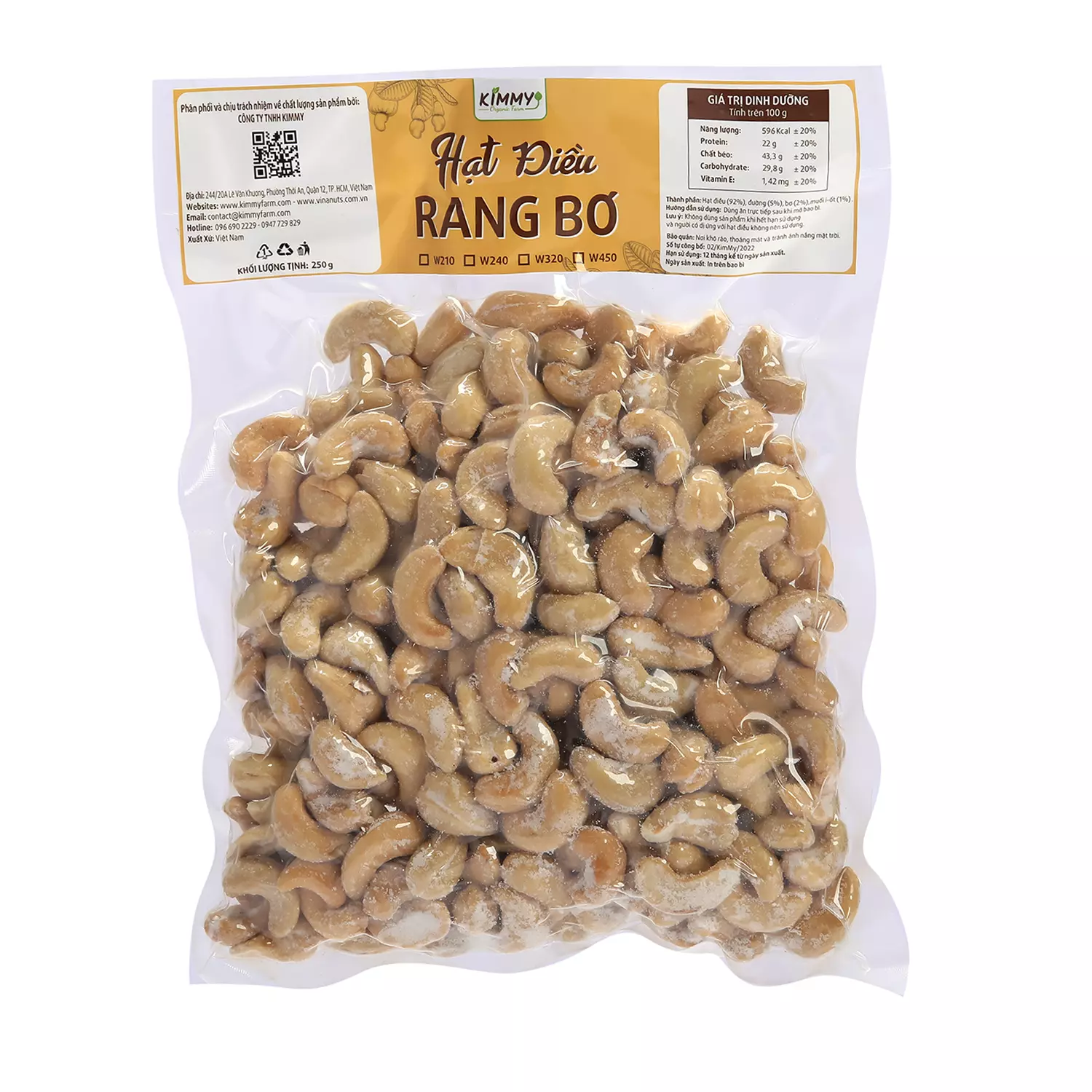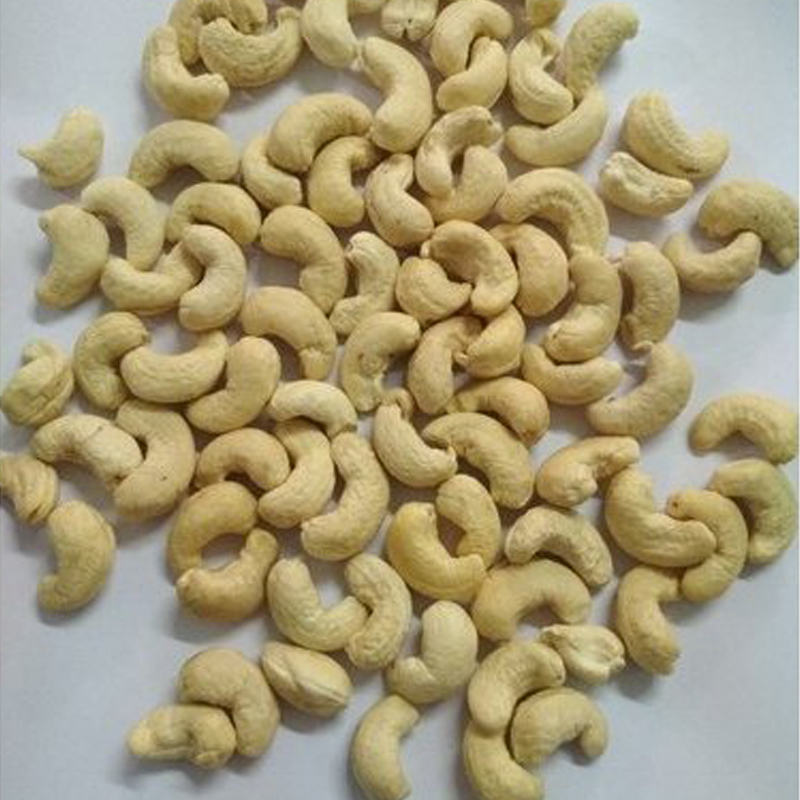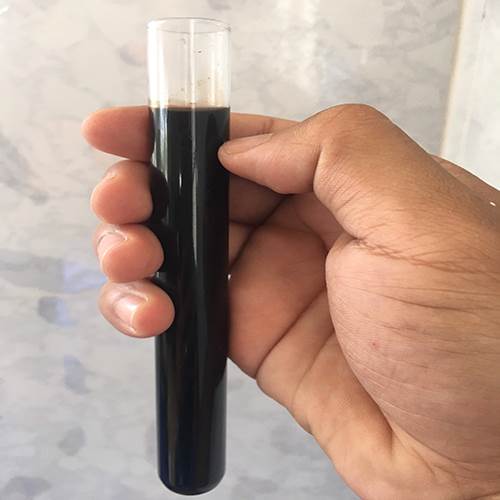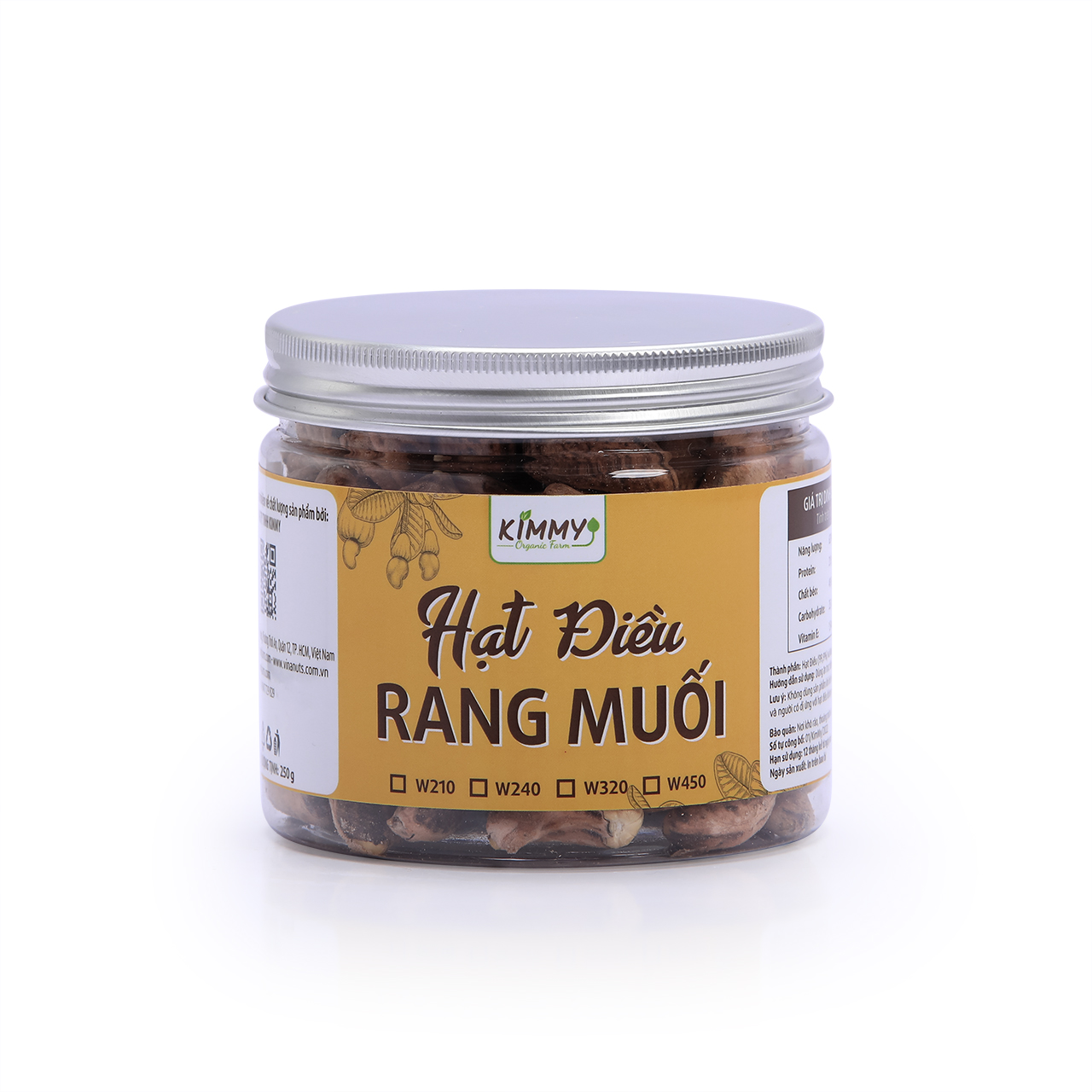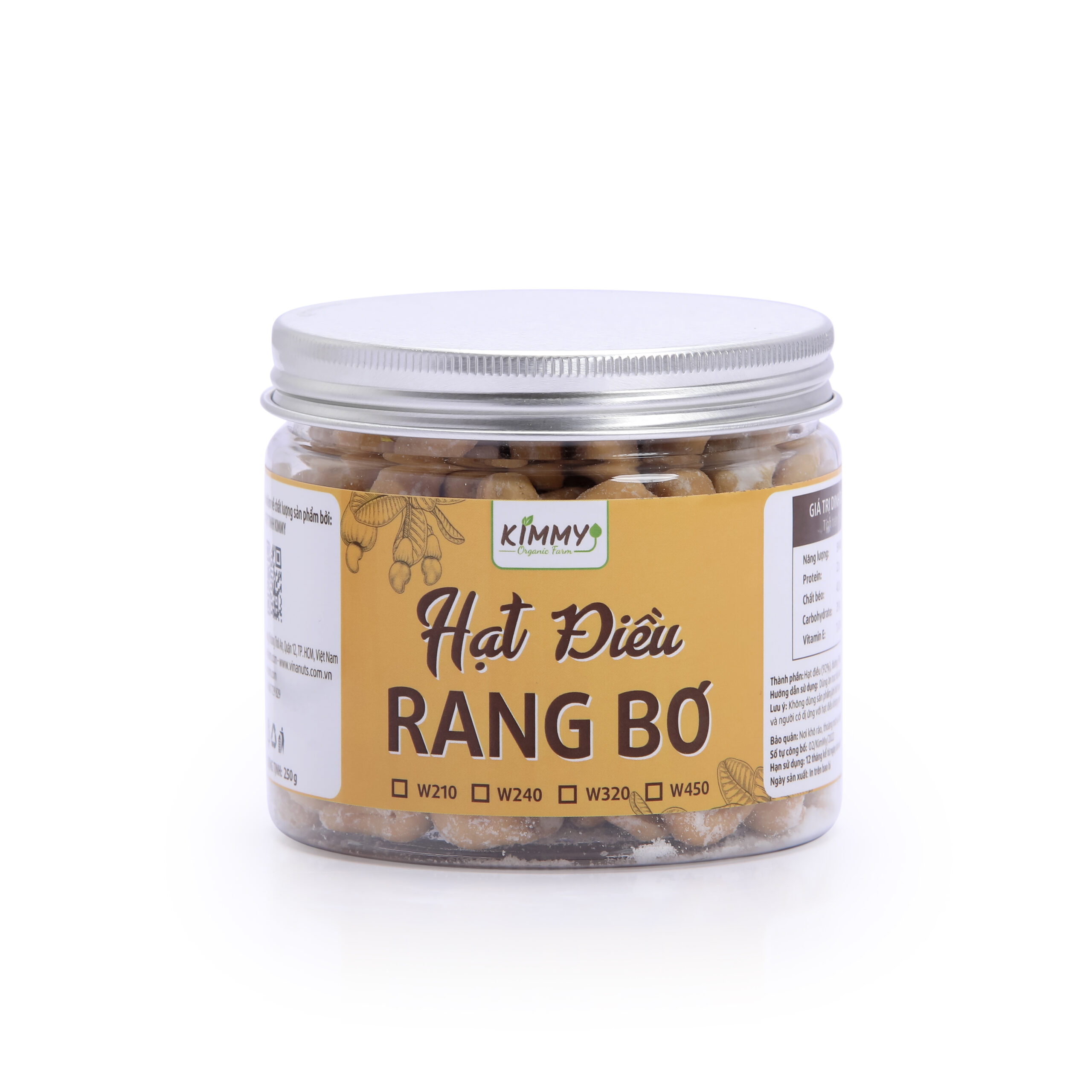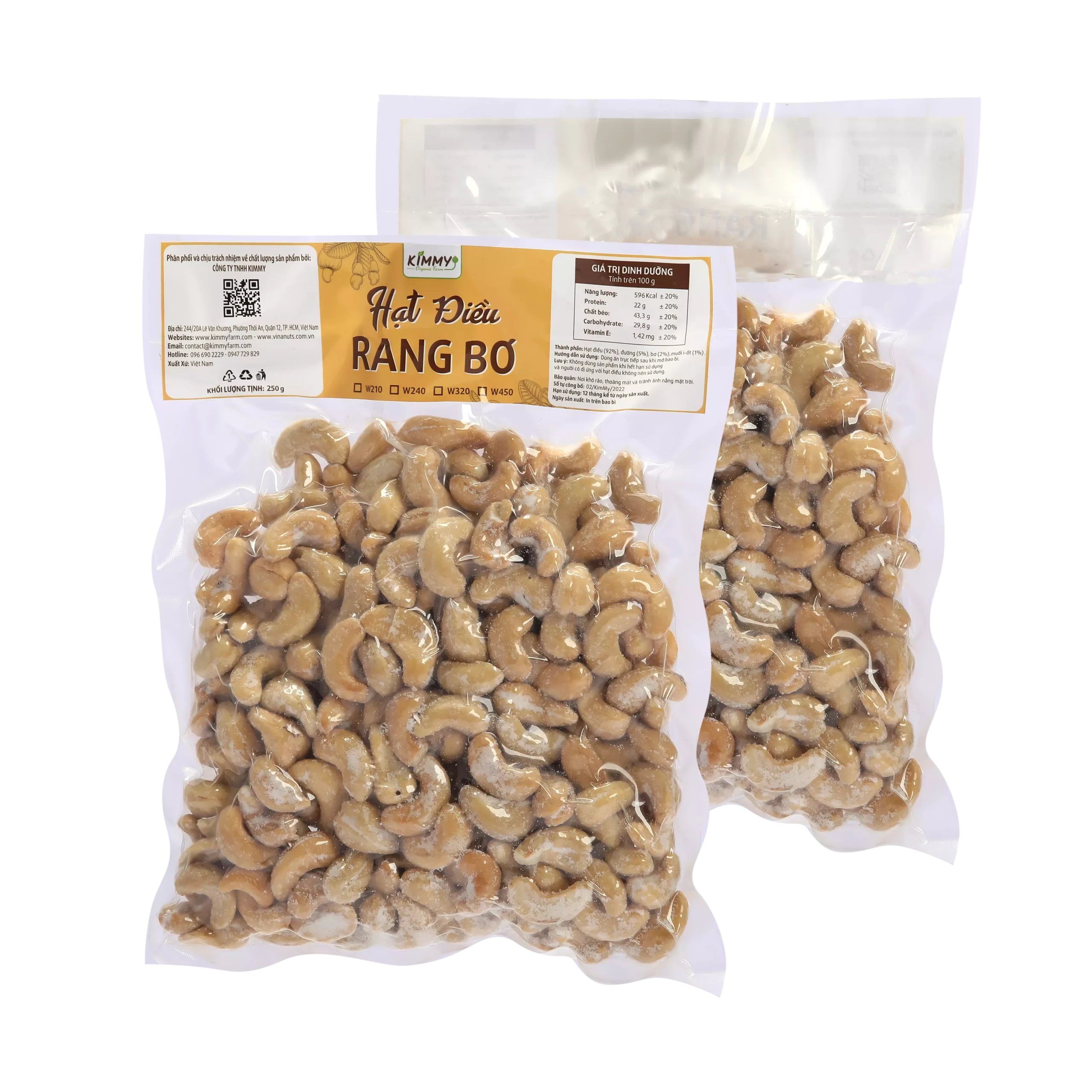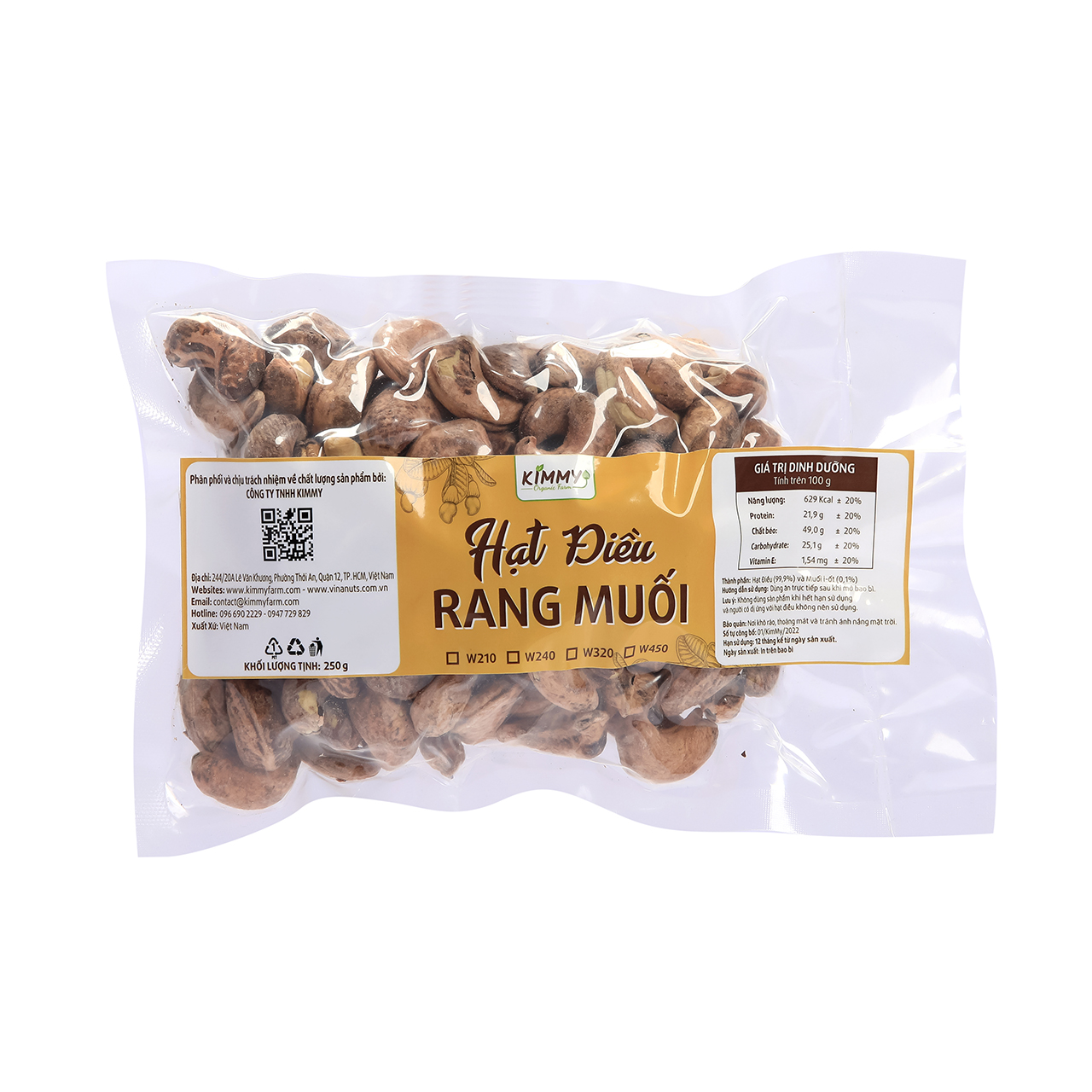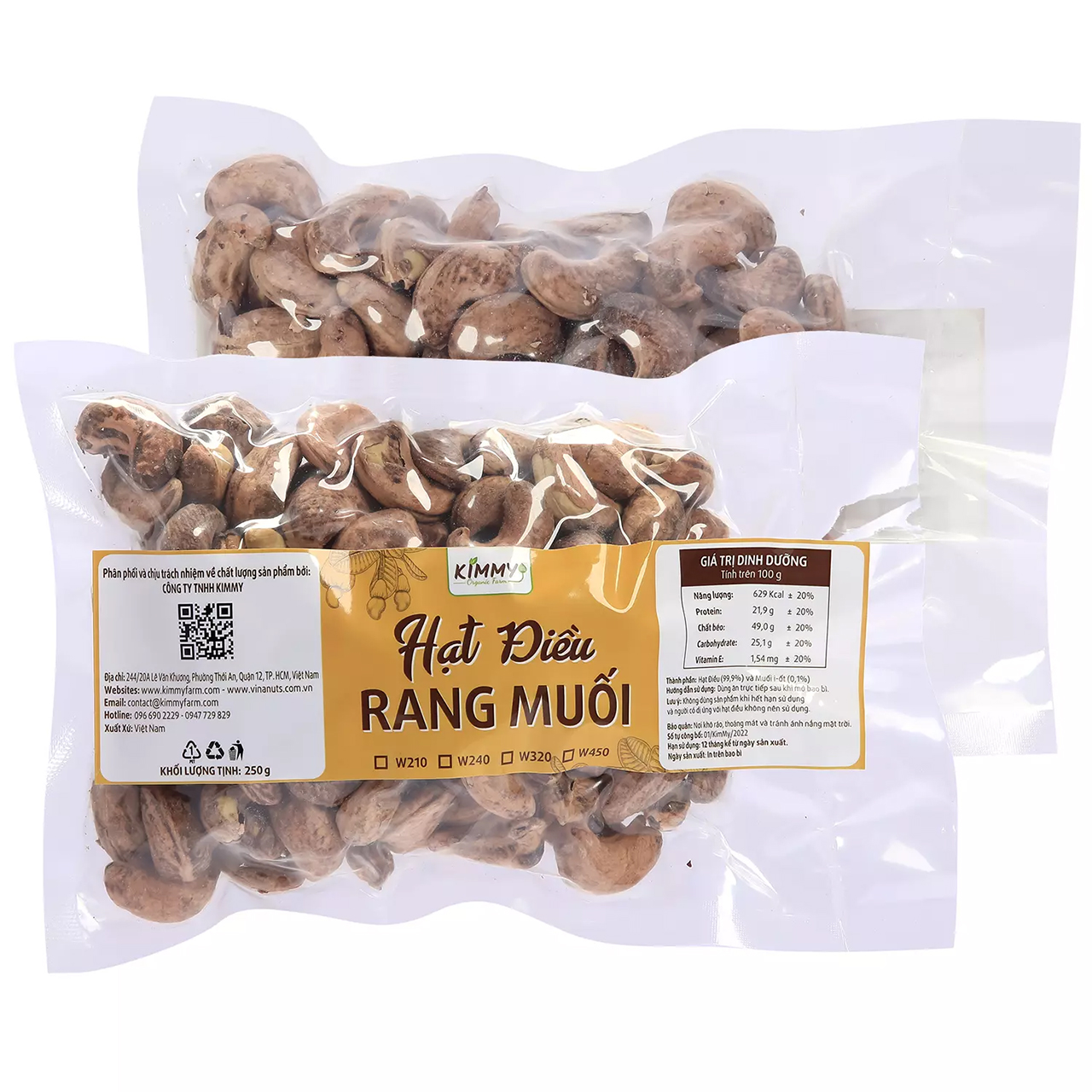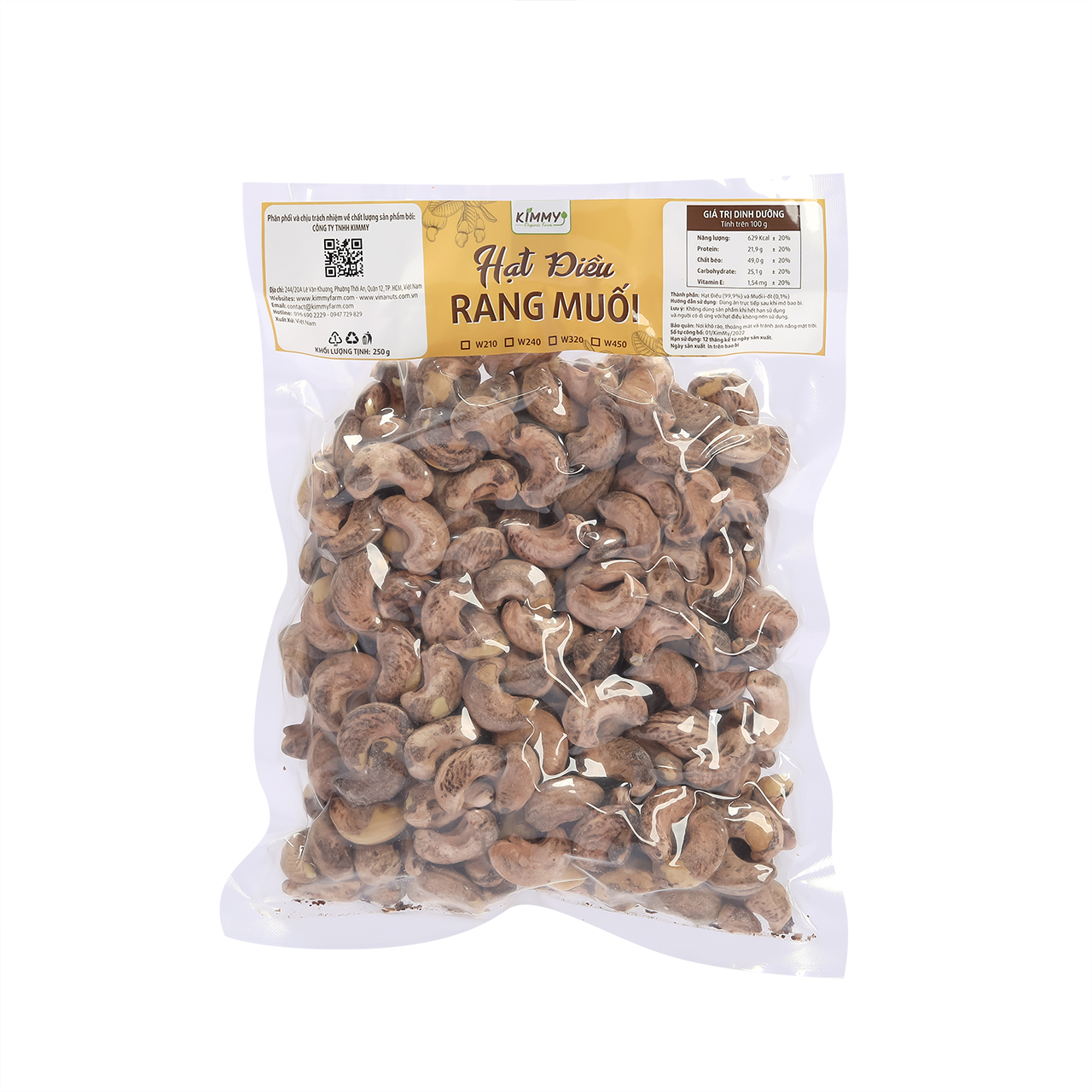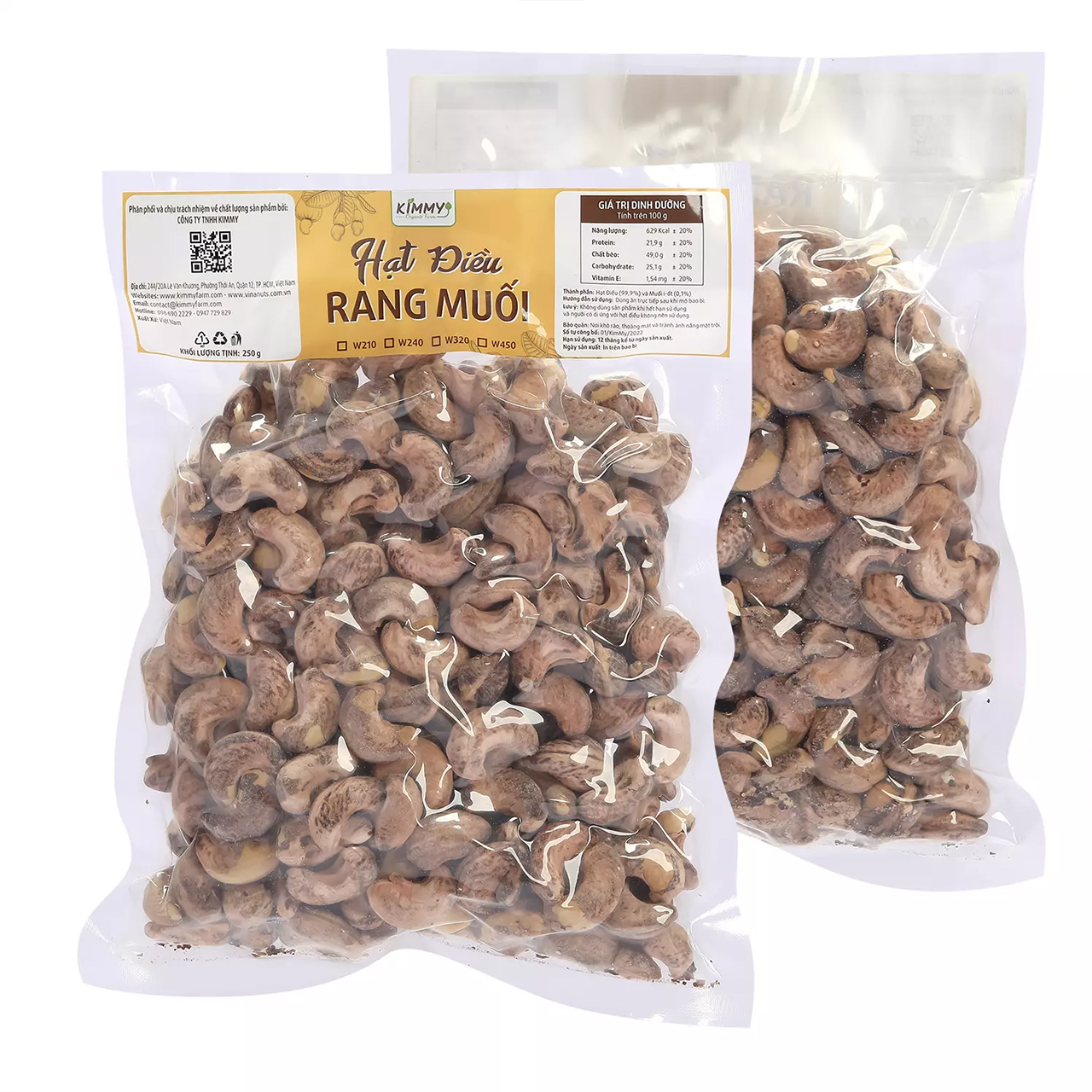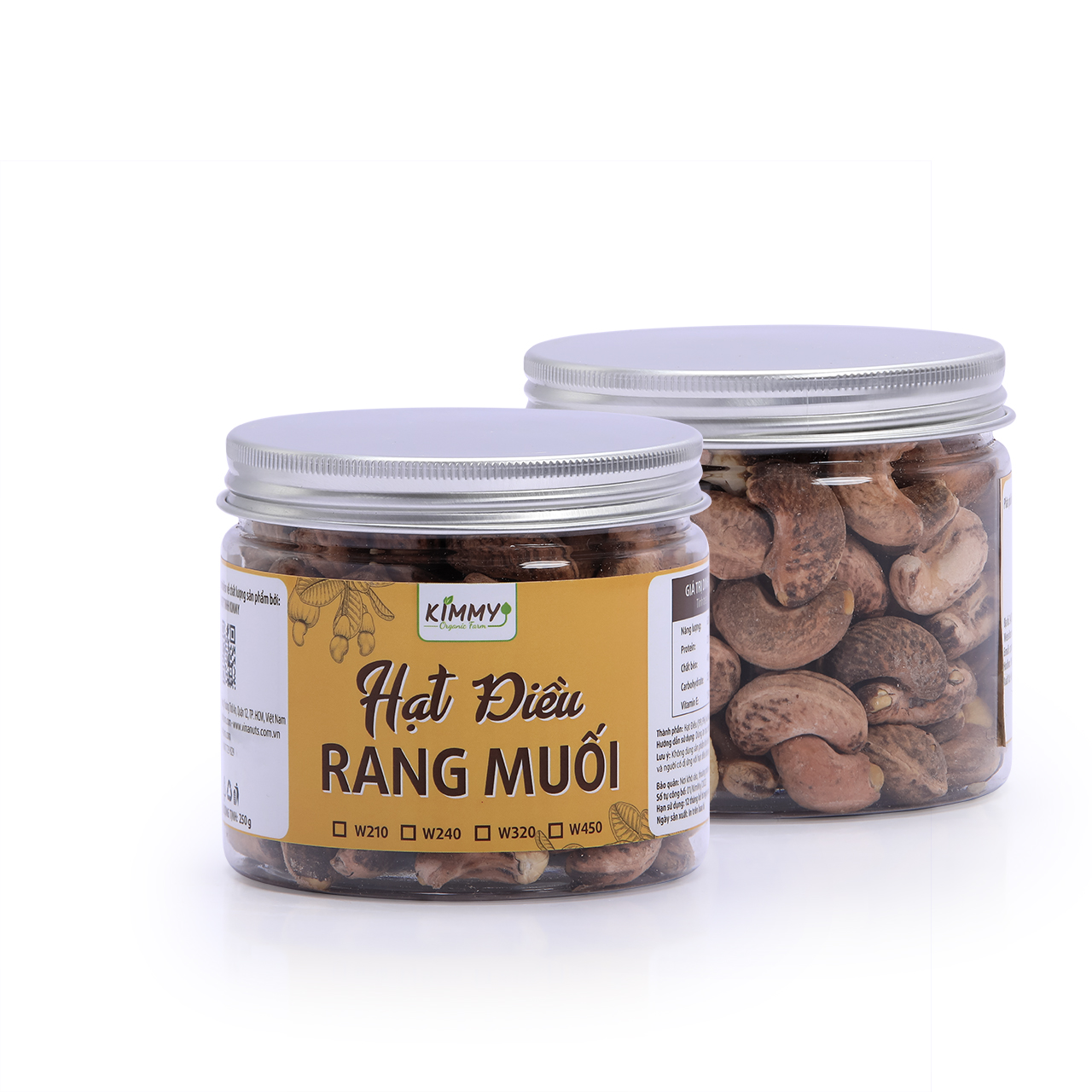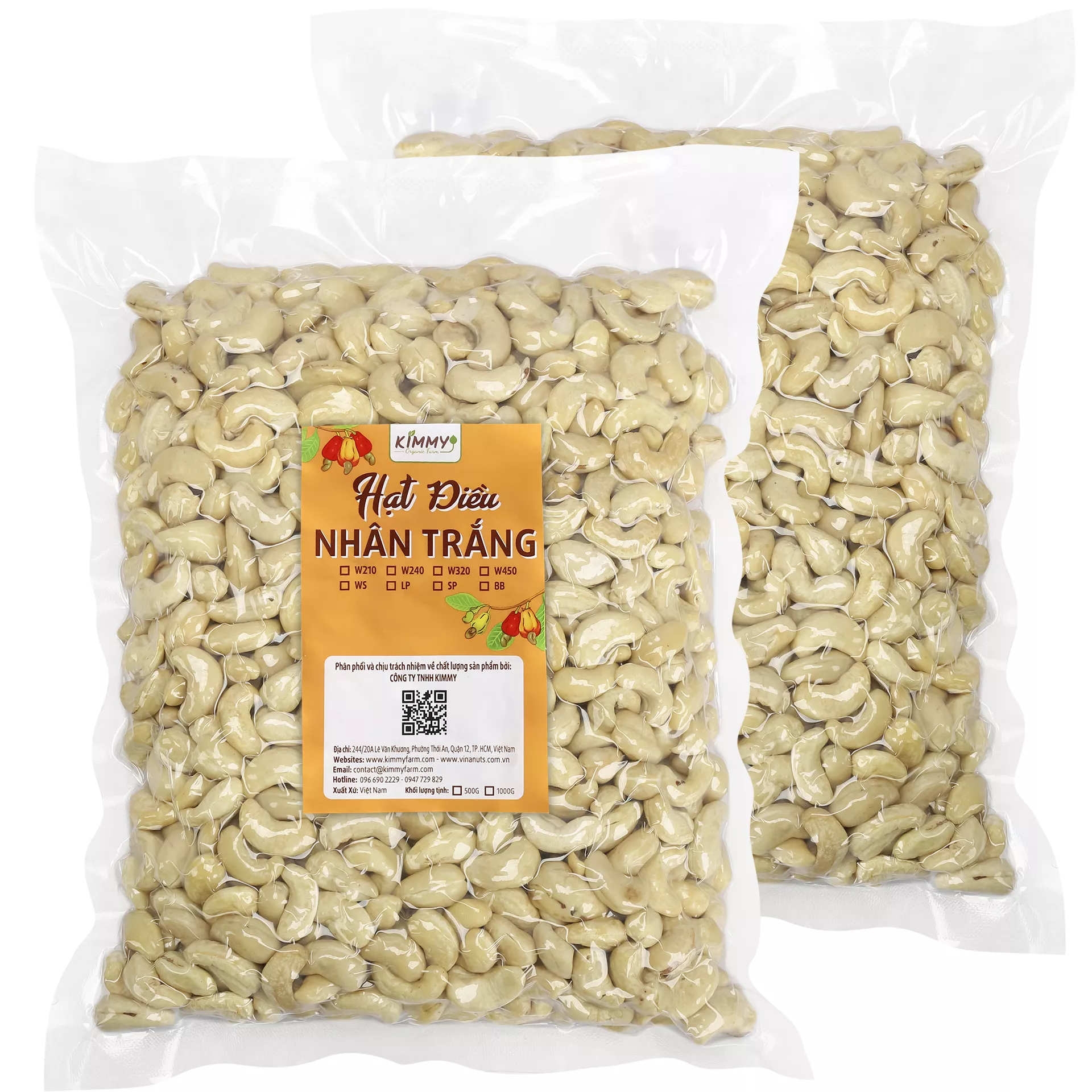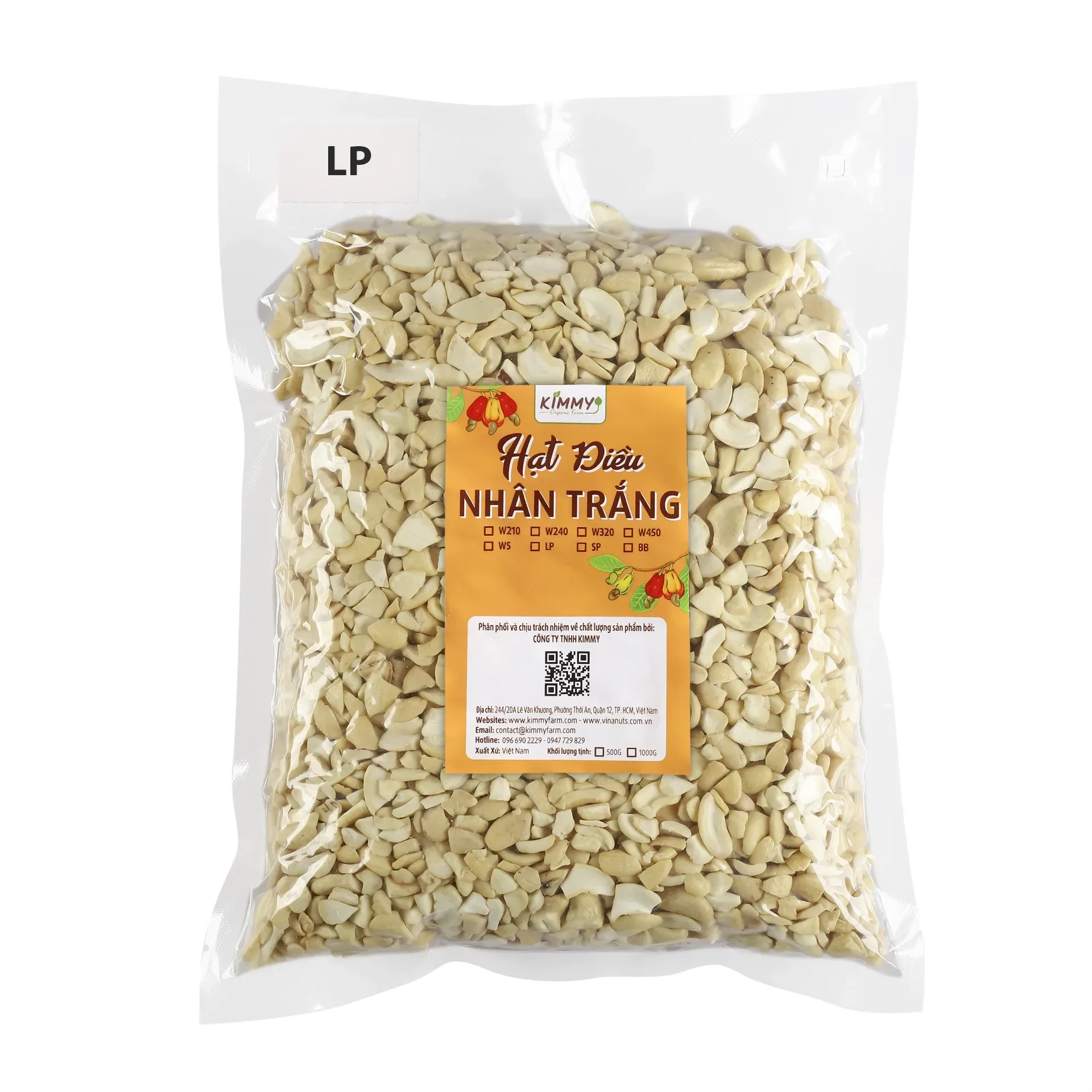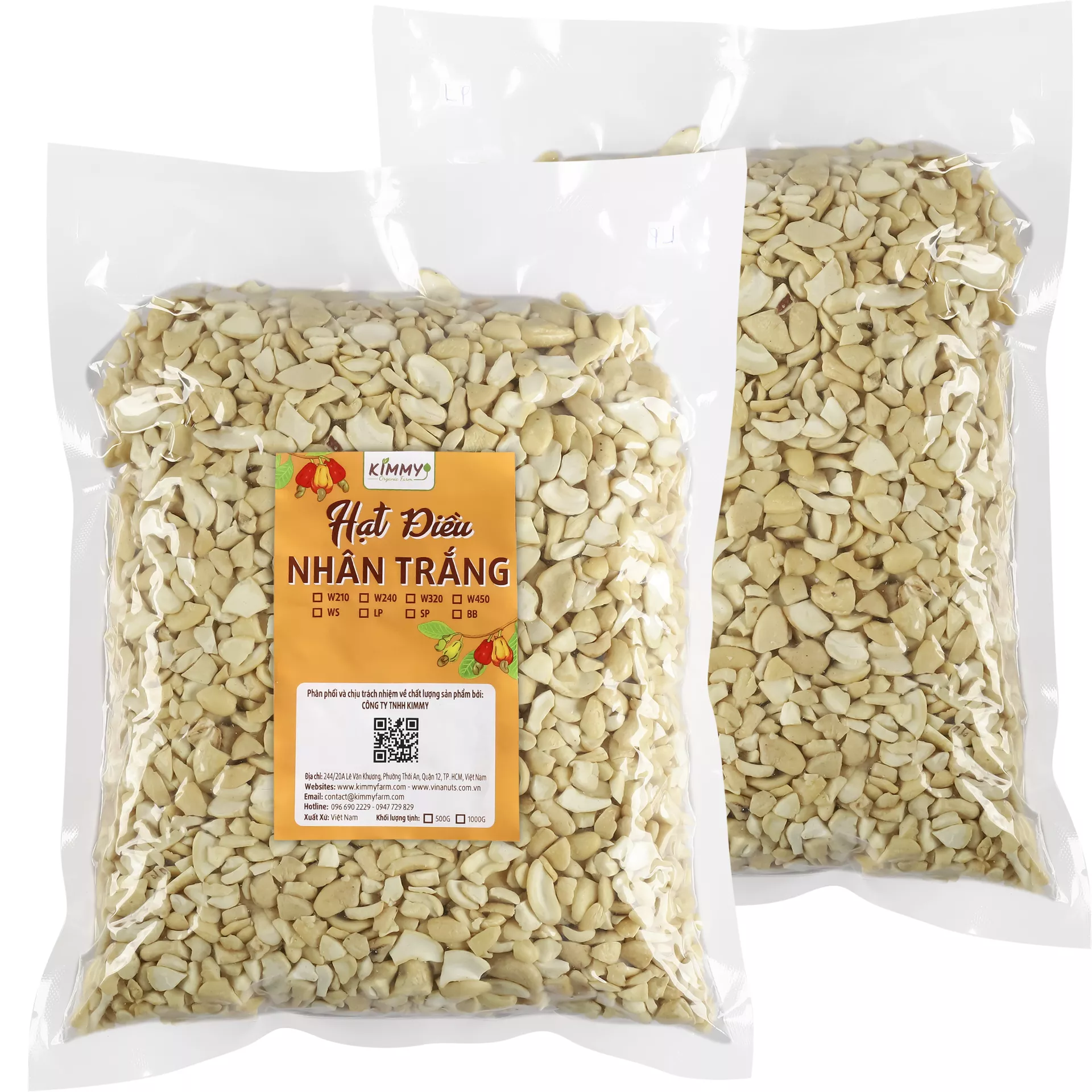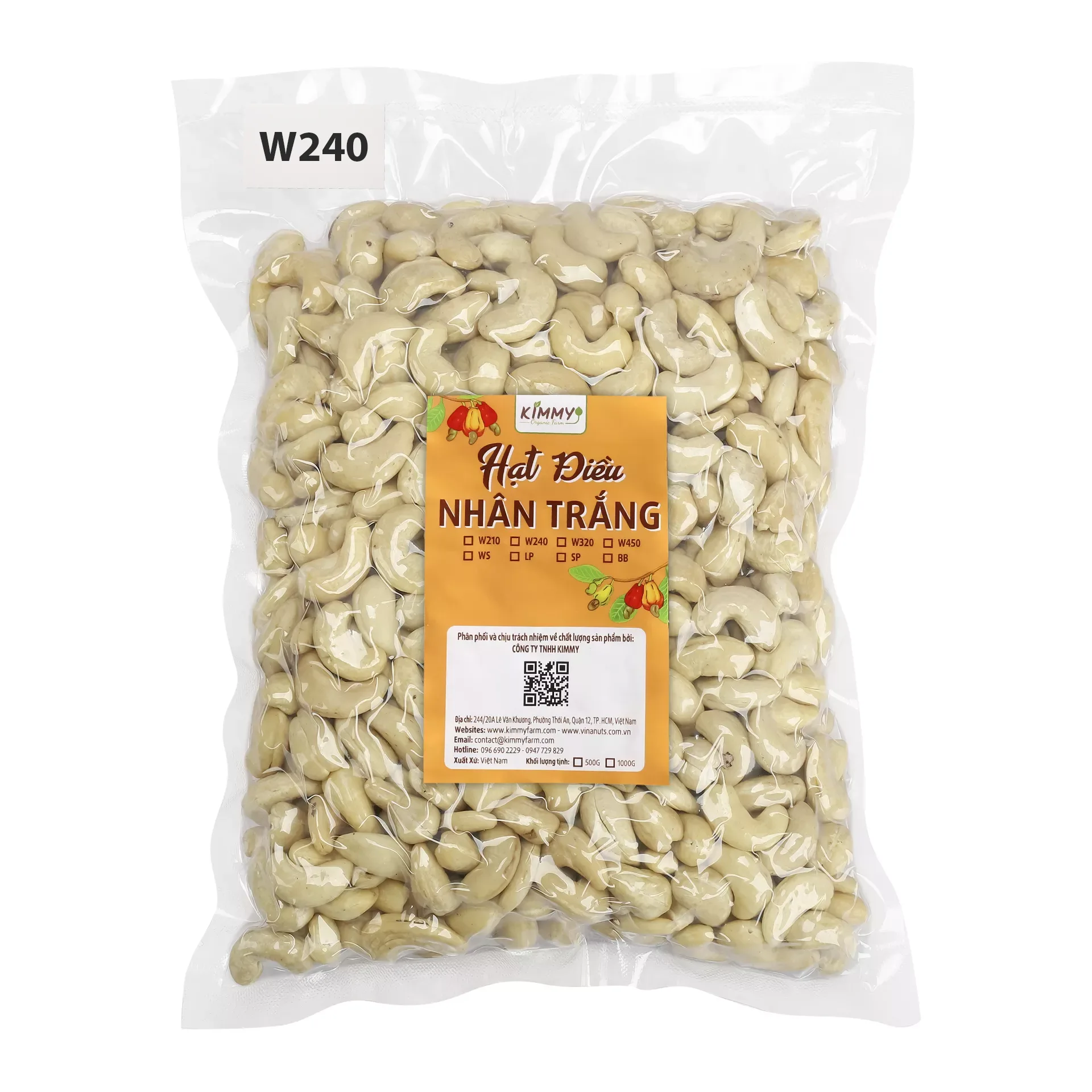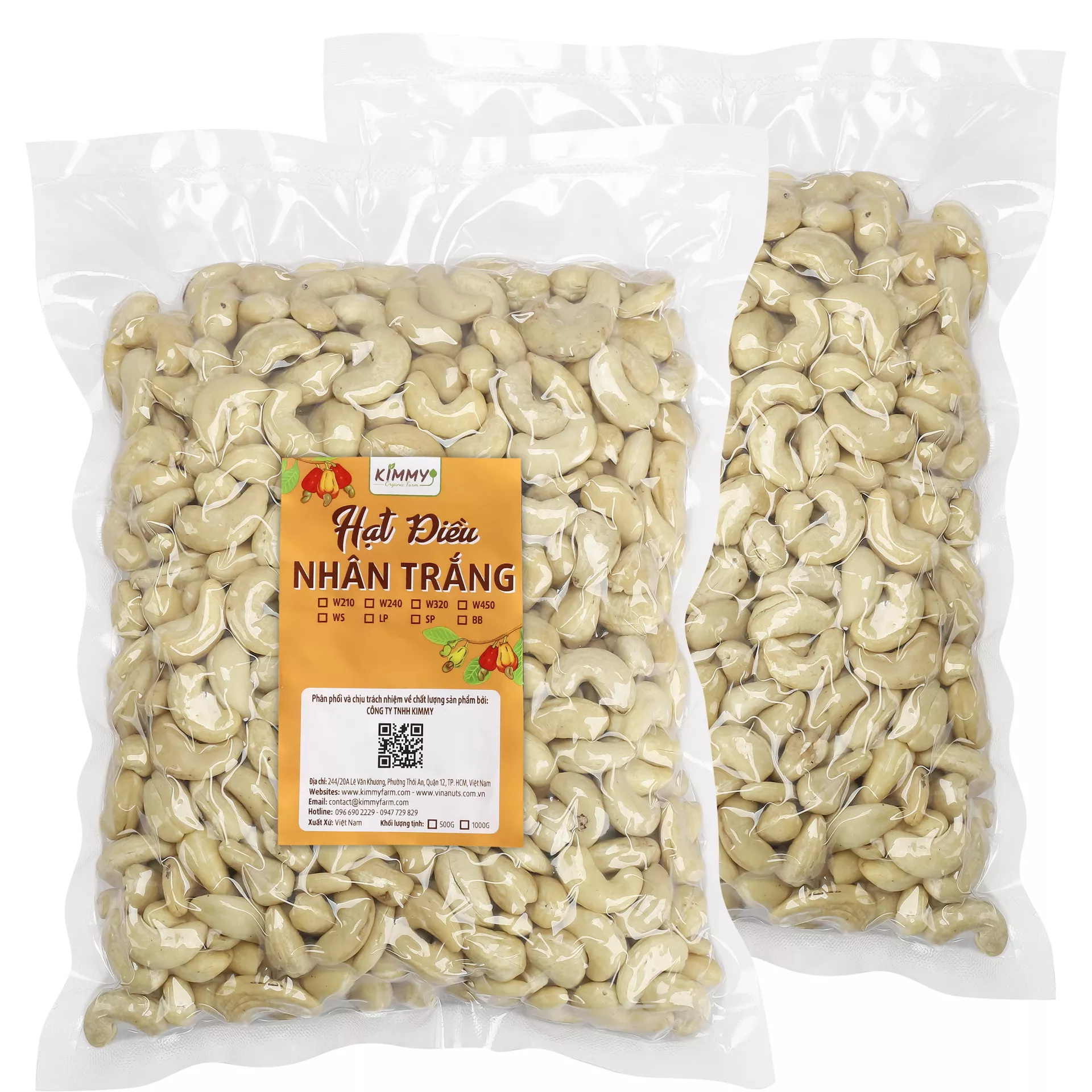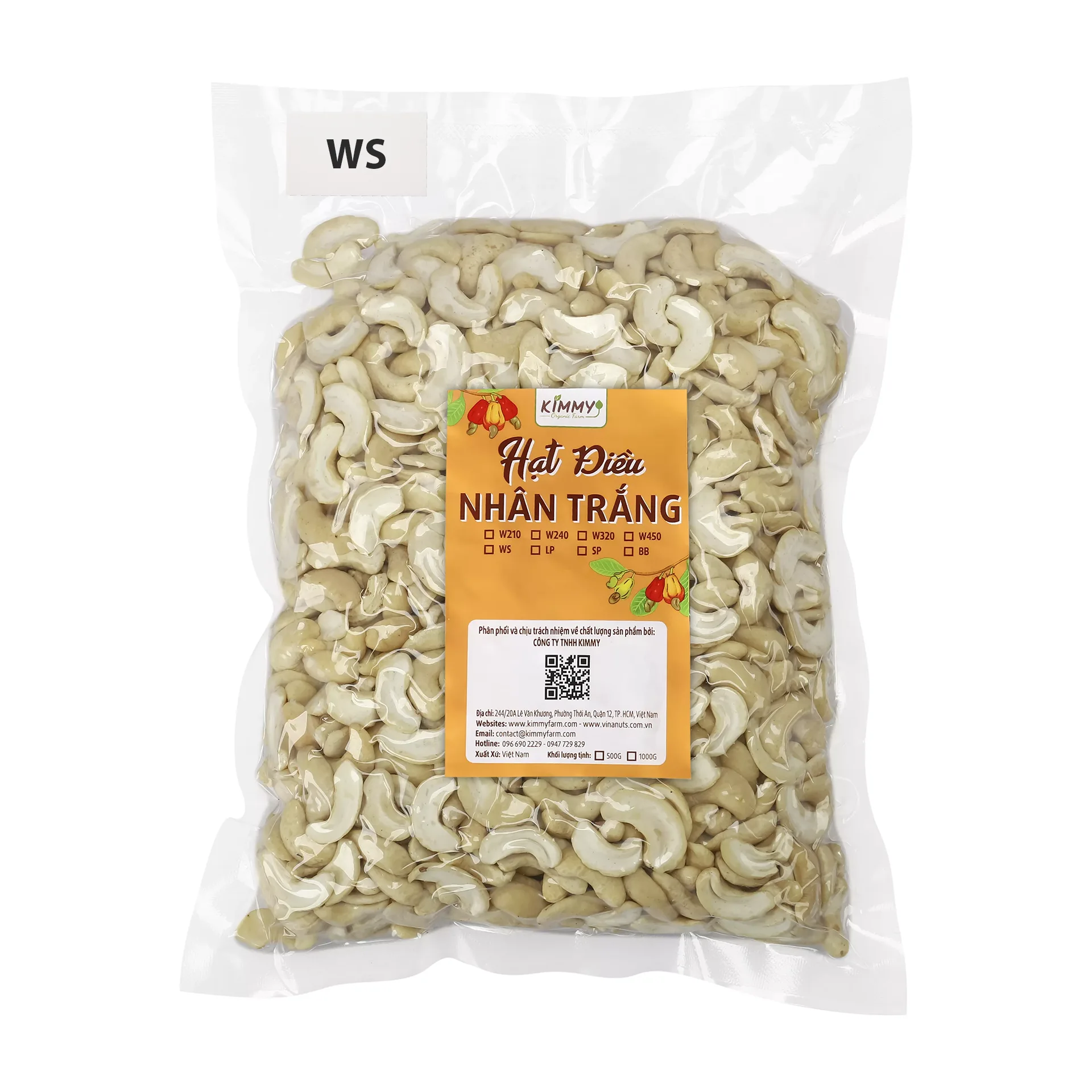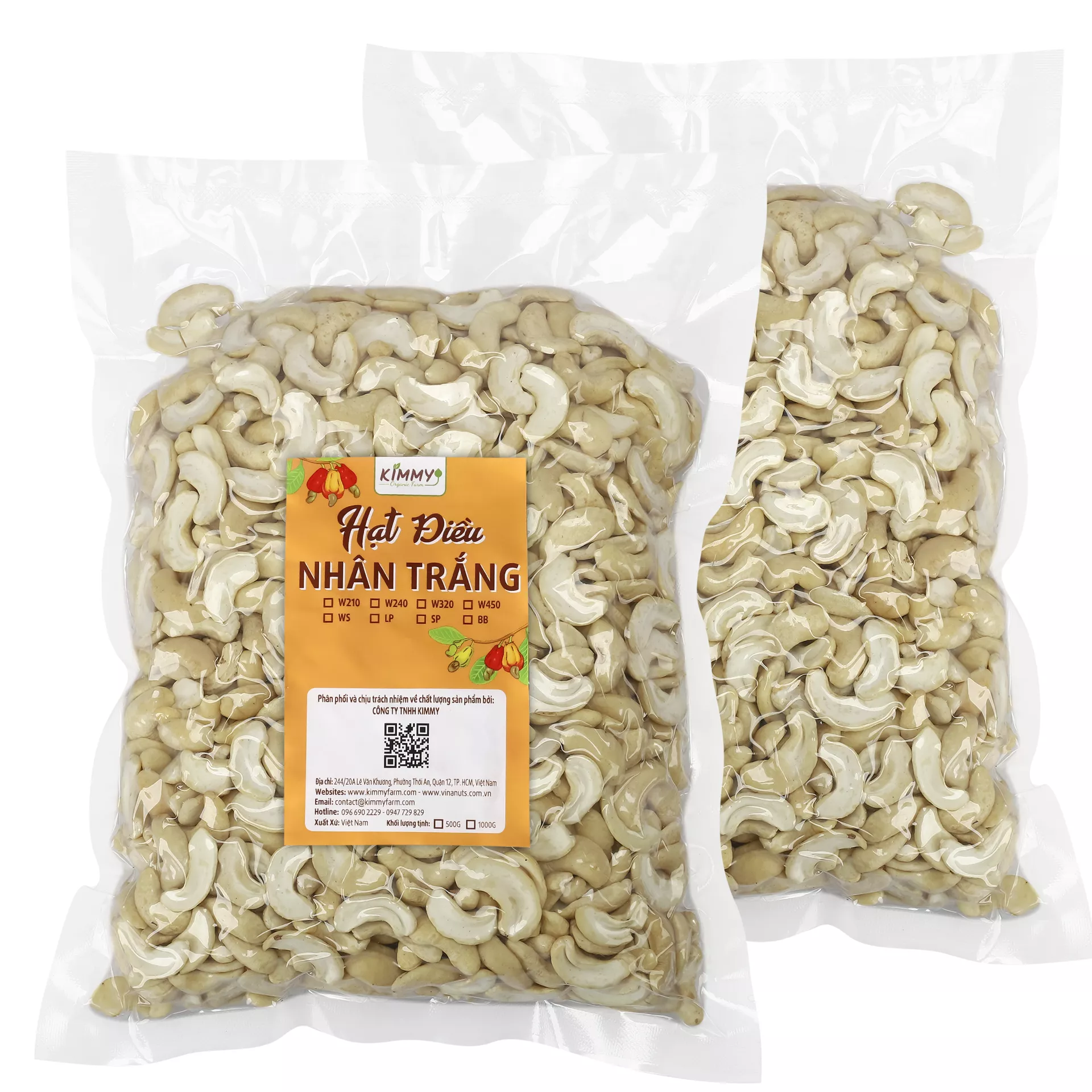Since the Covid-19 pandemic, people have become more aware of their health. They tend to choose high-quality products that are rich in nutrients for their family’s well-being. So, can elderly people eat pangasius fish? Is pangasius good for your health? What nutrients does it contain?
These are the questions many people are asking today. In this article, Kimmy Farm will help you answer the question: “Should elderly people eat pangasius fish?” But first, let’s learn more about its origins and nutritional value.
Basic Information About Pangasius Fish
Pangasius (also known as basa or river catfish) is a species of freshwater catfish found mainly in Southeast Asia, especially in the Chao Phraya and Mekong Rivers. These fish are carnivorous, feeding on crustaceans and mollusks. Their bodies are typically dark grey on top and fade to light grey on the belly and sides. For commercial farming purposes, pangasius are usually harvested when they reach about 1.5 kg.
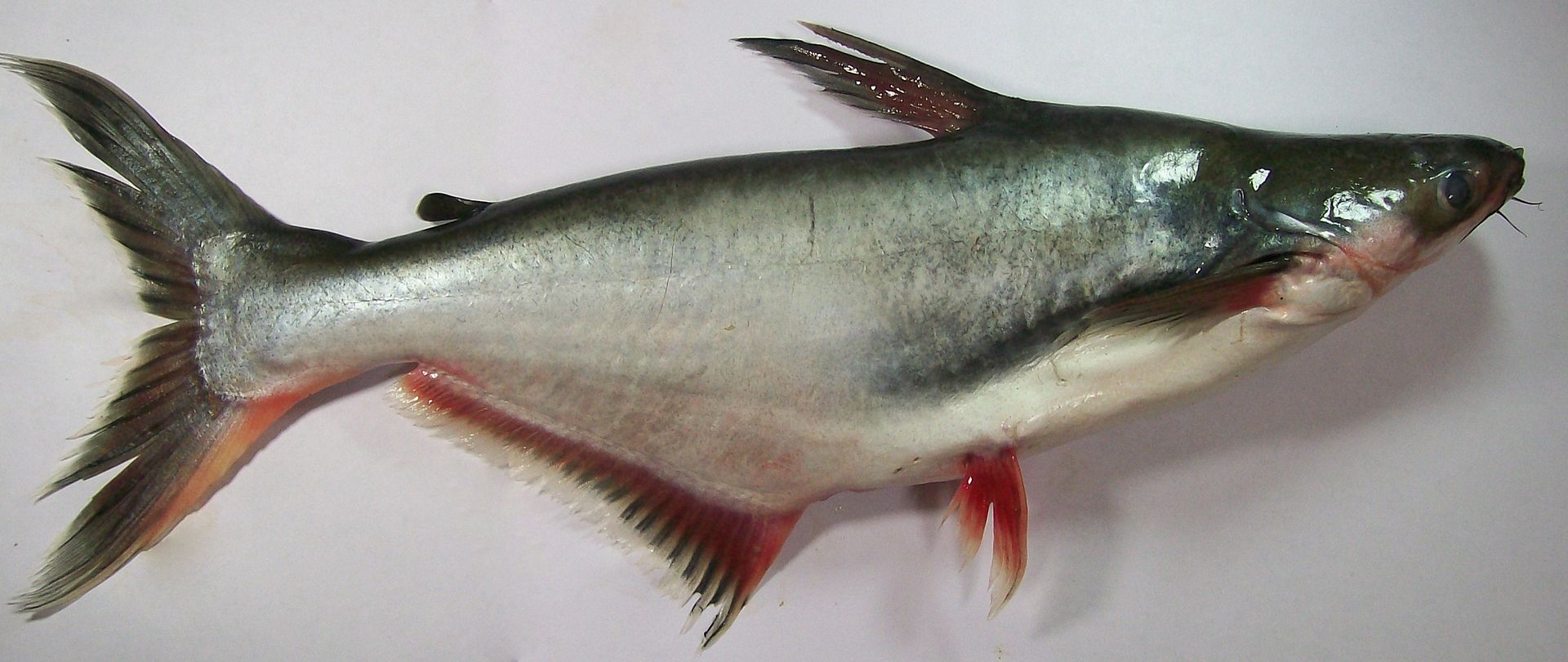
Nutritional Content
Pangasius is a healthy choice for families, especially for young children. Its meat contains:
- A good source of Omega-3
- High protein content
- Moderate fat levels
- Low in saturated fat
- Zero carbohydrates
- Low cholesterol
- No sodium
- 60% of calories from protein
- 40% of calories from fat
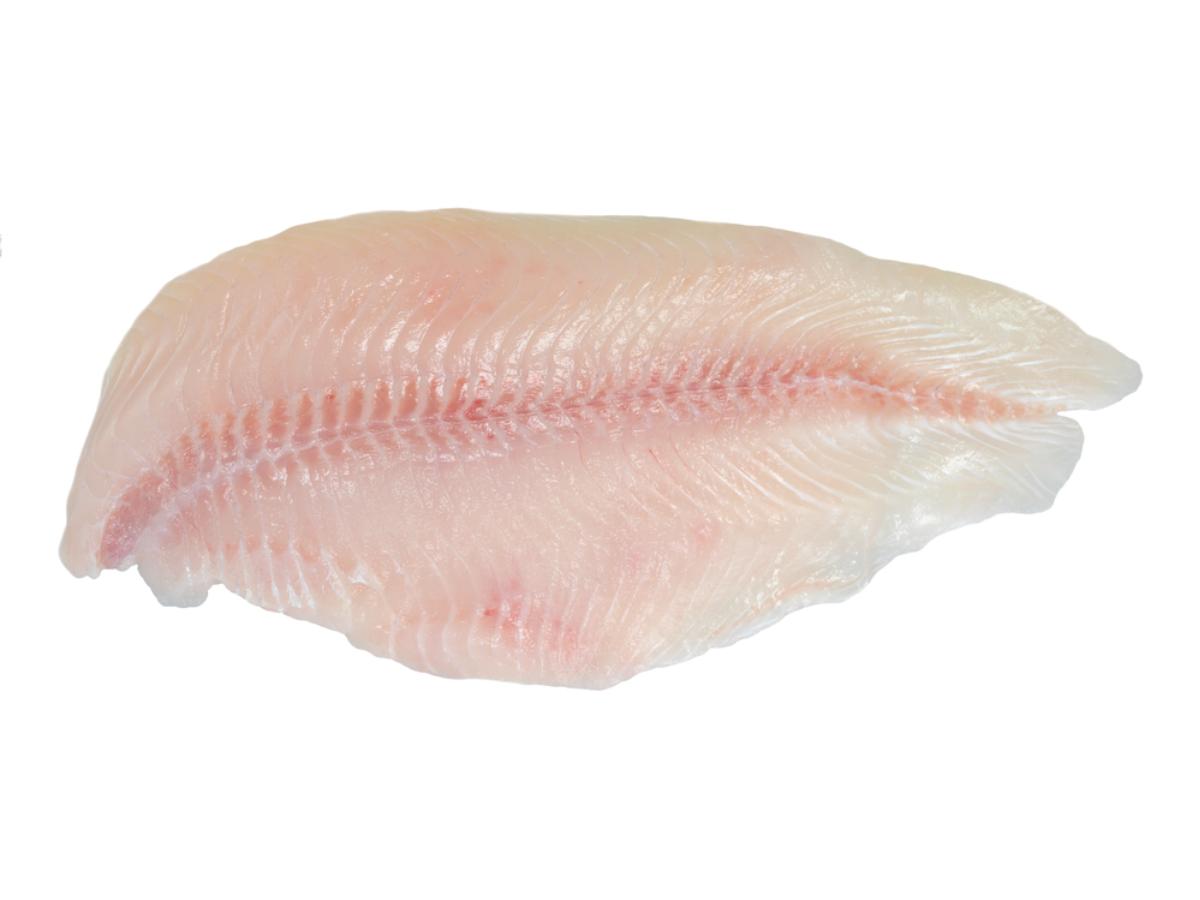
Benefits of Pangasius for the Elderly
Pangasius contains omega-3 fatty acids, DHA, and EPA — all of which are great for brain function. It also includes vitamin E, which helps slow down oxidation and supports healthy aging. Vietnamese pangasius is a globally popular export product, packed with omega-3, 6, 9; DHA, EPA; and natural vitamins like E and A.

Including pangasius in the daily diet can be highly beneficial, especially for elderly family members.
Omega-3
According to the American Heart Association, omega-3 fatty acids help prevent atherosclerosis and boost memory. Regular fish consumption may reduce the risk of Alzheimer’s in older adults. The unsaturated fat content in pangasius is relatively high (over 70%) and contains no cholesterol, making it a great option for people watching their weight. Fish fat is especially suitable for seniors. Experts recommend eating fish 2–3 times per week for optimal nutrition.

DHA & EPA
These are essential compounds derived from omega-3. DHA improves eye health and nervous system function, while EPA helps create prostaglandins — compounds that keep the blood circulation system healthy. Eating pangasius may help prevent heart diseases and atherosclerosis. Its content of omega-3, 6, 9, vitamins E and A helps improve eyesight, lower cholesterol, and support heart and brain health.

Vitamin E
Vitamin E in pangasius acts as a powerful antioxidant, helping to prevent aging and promoting healthy skin and hair. For pregnant women, vitamin E supports healthy fetal development. Overall, pangasius provides a good source of protein and essential vitamins and minerals. It is one of the healthiest food options available today.
Is Pangasius Easy to Prepare?
Yes — especially if you buy pangasius fillets instead of the whole fish. In most countries, fillets are available pre-breaded or pre-cooked at supermarkets, saving you time while preserving quality. Many people prefer fillets because they contain fewer bones and are easier to cook. The fillet is the tastiest, most nutritious, and most valuable part of the fish.
You can easily find pre-cut fillets at markets and supermarkets. If you prefer to fillet the fish yourself, follow these simple steps:
5 Simple Steps to Fillet Pangasius
- Make a clean cut between the fish’s head and body.
- Insert the knife about 2.5 cm in and cut along the dorsal fin.
- Continue cutting all the way through to the tail.
- Make shallow cuts toward the tail to remove the fillet.
- To remove the skin, hold the tail and cut along the line between the skin and flesh.
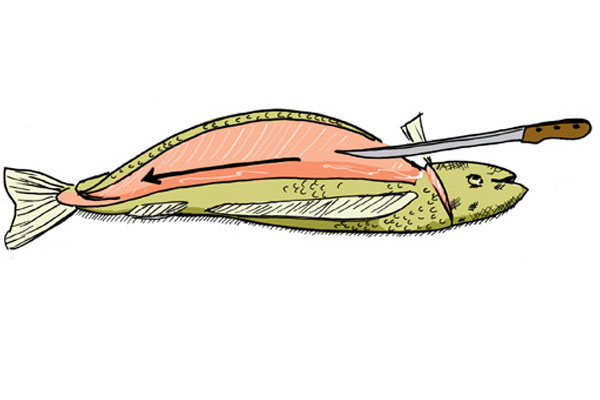
Who Can Eat Pangasius?
Pangasius is an excellent fish choice — even for those who don’t usually like eating fish. It has thick bones (reducing the risk of choking), mild taste, and little to no fishy smell. It’s very versatile and suitable for:
- Children
- Adults
- Pregnant women
- Elderly people
- People recovering from illness
- Anyone seeking a healthy diet
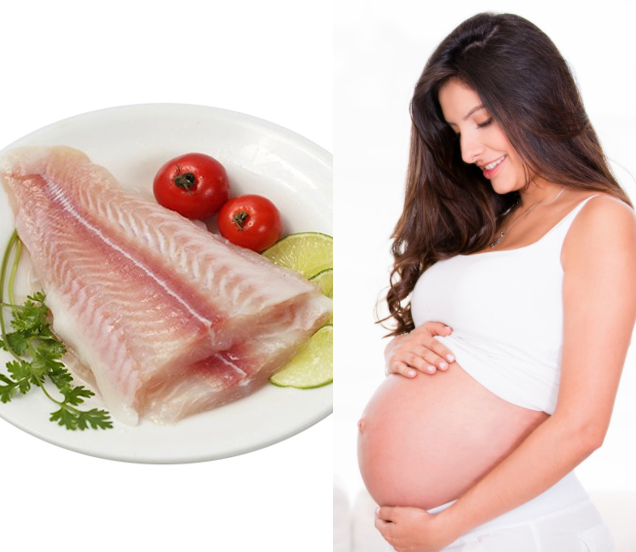
Important Notes When Eating Pangasius
Nutritionists recommend eating fish 2 to 3 times per week. A serving size for adults should be at least 100–140 grams. For babies:
- 10–12 months: max 40g per week
- 1–1.5 years: about 80g per week
- 1.5–2 years: up to 100g per week
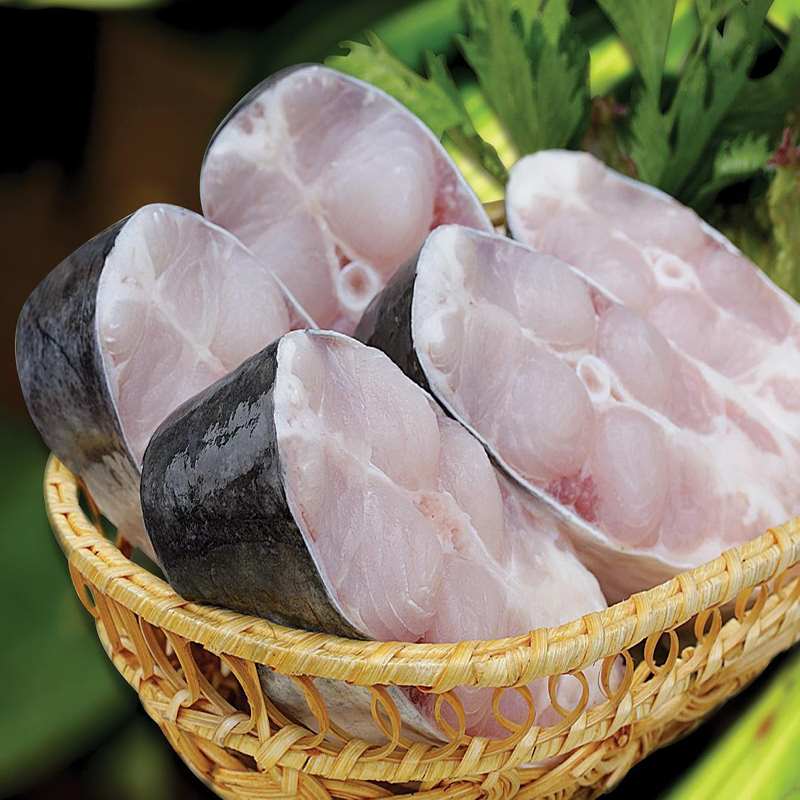
Breastfeeding mothers should not exceed 300g of fish per week — ideally, 50–60g per day. They should also avoid fish like swordfish and shark, as these may not be safe for the baby or milk production.

Chúng tôi là một thương hiệu chuyên sản xuất, thương mai và xuất khẩu các mặt hàng nông sản của Việt Nam. Chúng tôi có vùng trồng điều & nhà máy điều ở Bình Phước, trại nuôi ruồi lính đen ở Tây Ninh. Các mặt hàng xuất khẩu chính của Công ty là: hạt điều, hạt điều nhân, ruồi lính đen,… từ Việt Nam.

